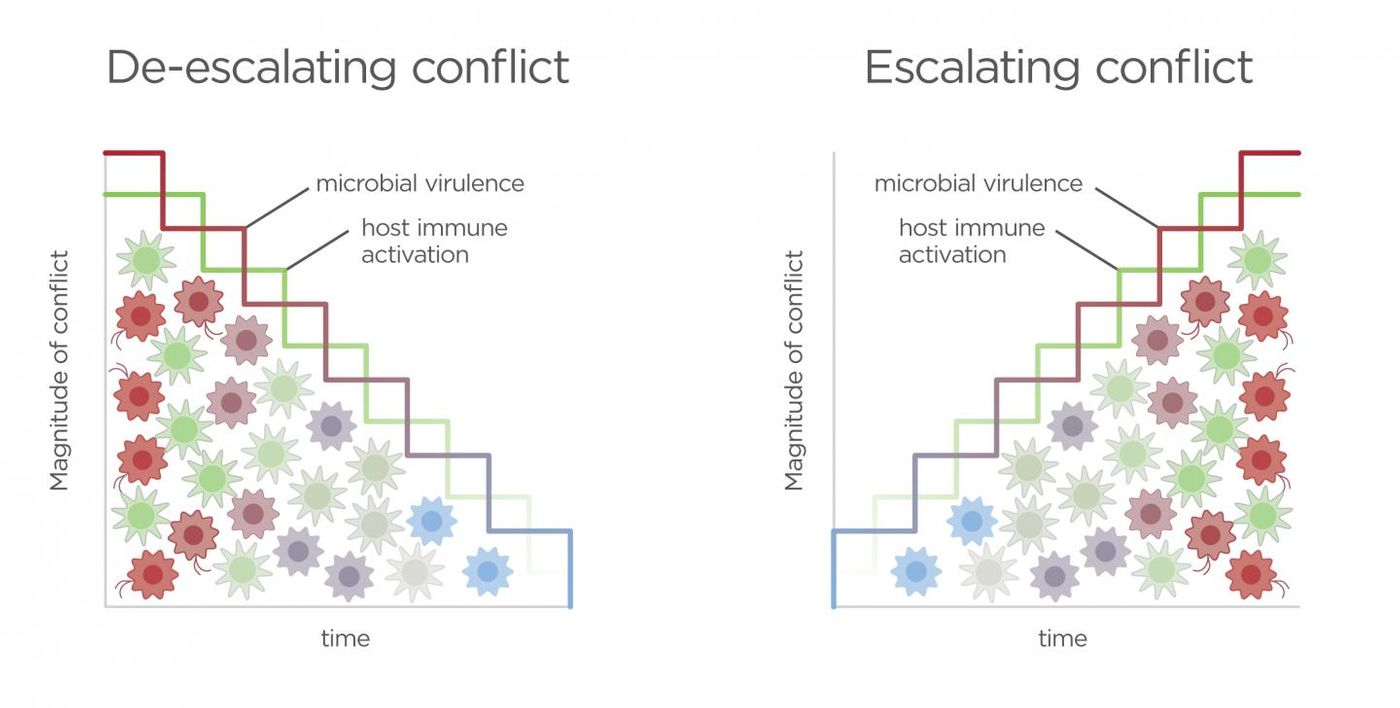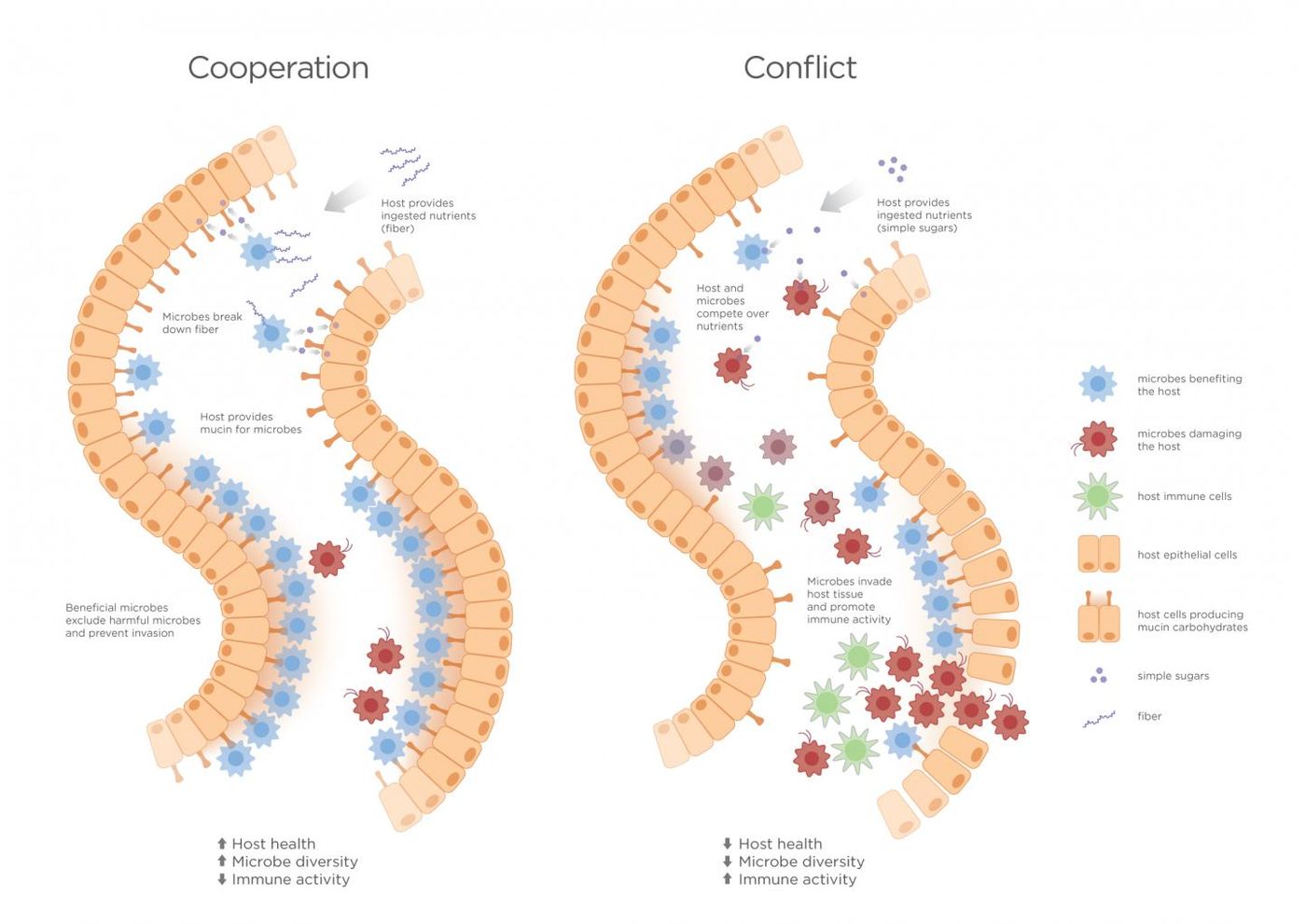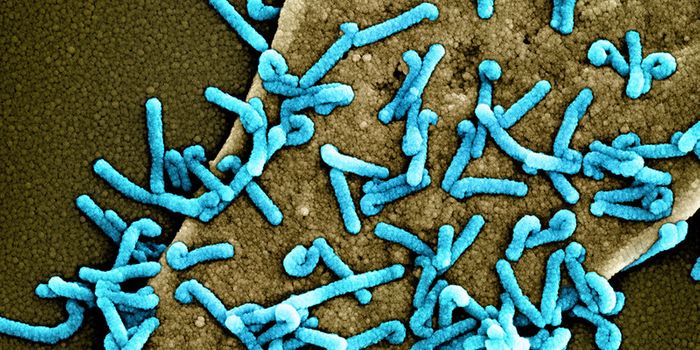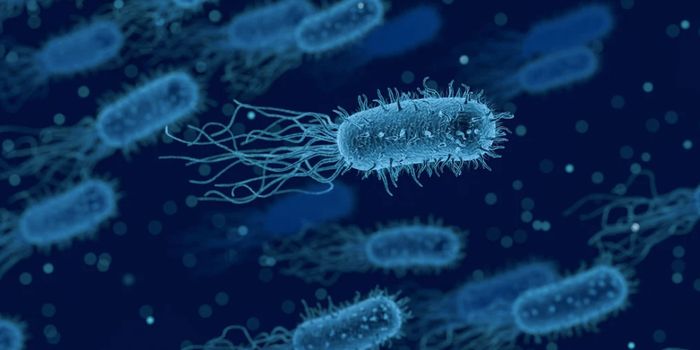The human condition is often positively promoted by cooperation, and conversely, is impacted negatively by conflict.
Gut researchers suggest that a similar situation occurs in the relationship between the body and the microbiome. Around 30 trillion microbes exist in the human digestive tract, and live in symbiosis with our bodies. While at least 500 various species exist, most fall into a few primary groups. As this field of research continues to develop and expand, we’re learning that microbes have a substantial impact on human health throughout the course of life, including susceptibility to allergies and a propensity for obesity. It’s been suggested that they could even affect behavior.
Research on how diet influences the interaction between the microbiome and the body appears in the current issue of Annals of the New York Academy of Sciences. The study examines how dietary choices might maintain health or cultivate the emergence of disease.
"Our gut microbes are not just passive recipients of the food that we eat - they evolve and change in response to what we feed our bodies. And there are certain foods that lead to resource sharing between us and our microbes, while other foods can lead to conflict and resource competition between our bodies and our microbes," says Athena Aktipis, a researcher at the Biodesign Institute of Arizona State University and a study author. "This cooperation and conflict framework can help us understand certain aspects of why we get sick and how we can stay healthy."
Collaboration and combat are hallmarks of evolutionary processes in general, and guide the fate of living organisms. In the microcosm of the human body, conflict and cooperation between cells of varying genetic composition can have serious consequences for health and disease. This rivalry is seen in cancer cells that rob their host of resources, or maternal cells in competition with cells of the developing fetus.
In this new work, the authors propose that while a cooperative arrangement of needs between gut microbes and their human host should create positive health outcomes, conflicts over resources might generate disease.
One example of how internal conflict might develop is when there is a lot of sugar and fat in the diet, as fats and simple sugars can be used both by host cells and by potentially harmful microbes like pathogenic E. coli. Instead of sharing these resources, a microbial battle ensues.
When a diet combines abundant sugar with low fiber intake, populations of harmful microbes can flourish and lead to inflammation, which causes illness. Iron can also carry some health risks and could lead to internal conflict. Myriad pathogens steal iron directly from the proteins of host cells. If deleterious microbes have access to important nutrients like iron, the body responds by battling against these microbes. That can result in increasing conflict between human and microbial cells, with deleterious impacts on human health that might include obesity, adipose inflammation or diabetes.
These findings are an interesting addition to conventional views concerning diet, and suggest that negative health consequences of particular foods may be due in part to their effects on the symbiotic relationship between host and microbiome.
Sources:
Arizona State University,
Annals of the New York Academy of Sciences










